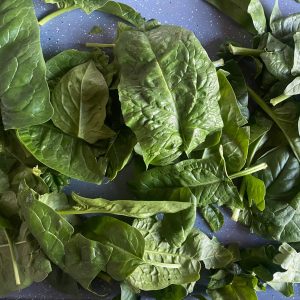
Sustaining Photography Blog – Why? Gwen Riley Jones
Socially Engaged Photographer Gwen Riley Jones shares why the Sustaining Photography project is important to her.

Socially Engaged Photographer Gwen Riley Jones shares why the Sustaining Photography project is important to her.

The Sustaining Photography team share step by step instructions on how to make your own plant-based film developer.

Step by step instructions on how to make you're on plant-based sun prints from the Sustaining Photography team, Gwen Riley Jones and Lizzie King.

Sustaining Photography is a collaborative project by Lizzie King & Gwen Riley Jones to connect and engage students at the University of Salford with sustainable photographic processes, using produce from the University’s Community Growing Space. Traditional photographic methods use chemicals that create toxic waste. The project instead is sharing and developing new methods using organic, […]